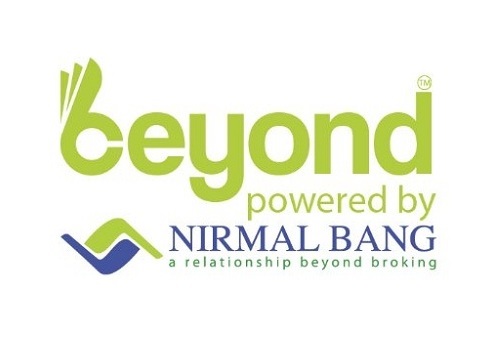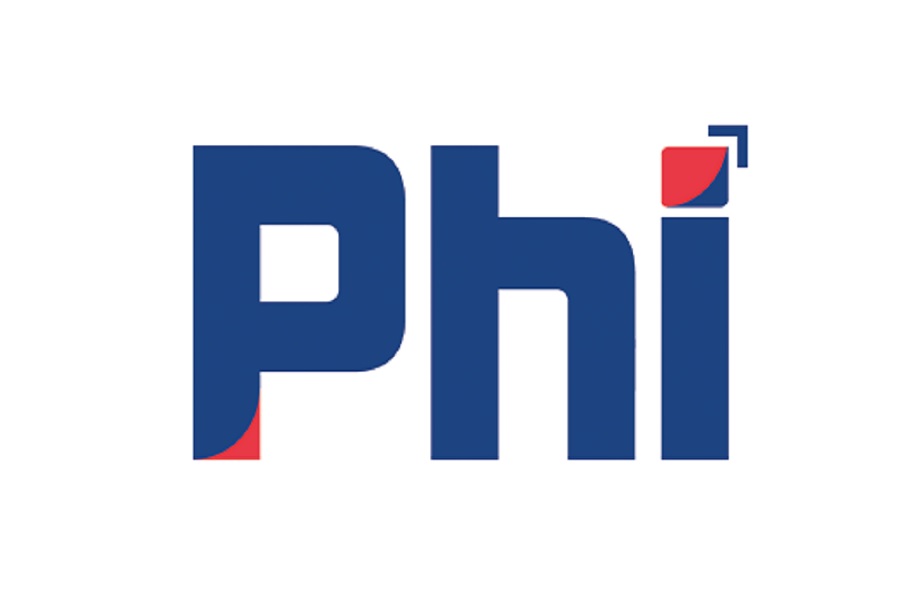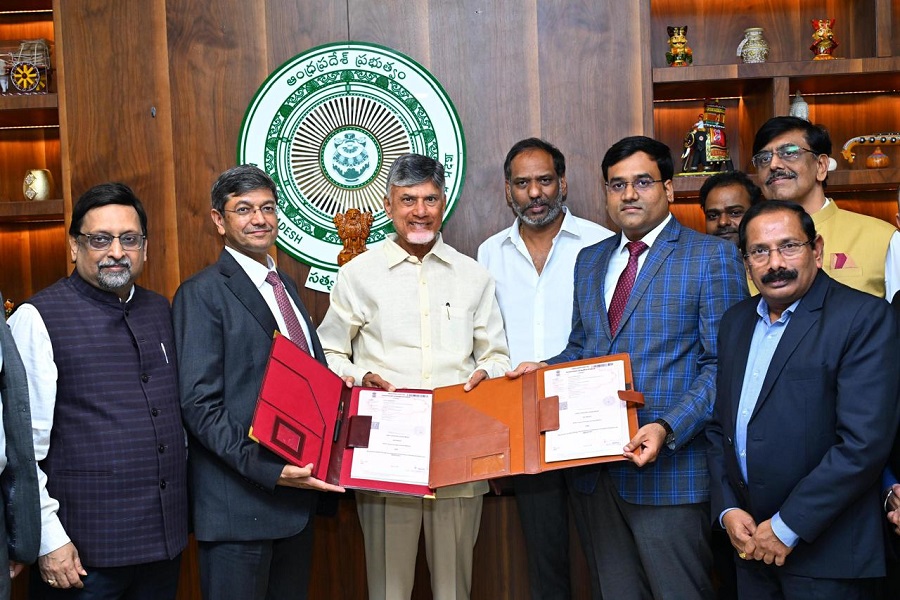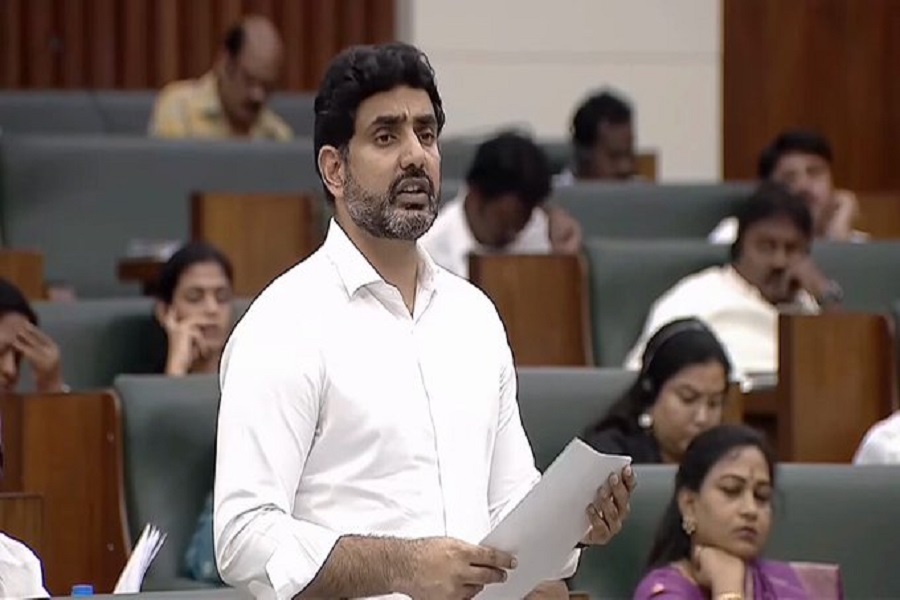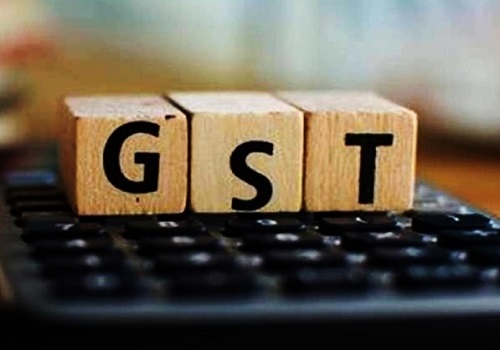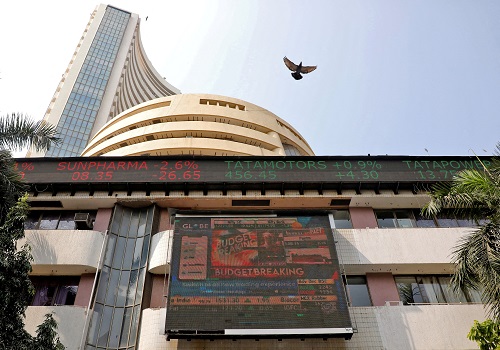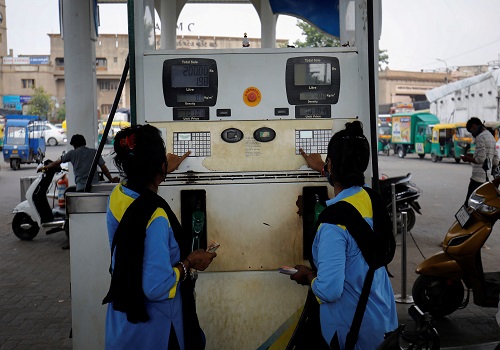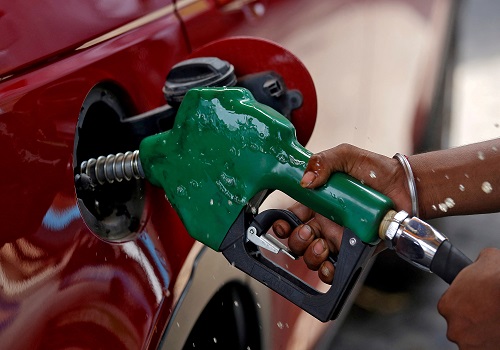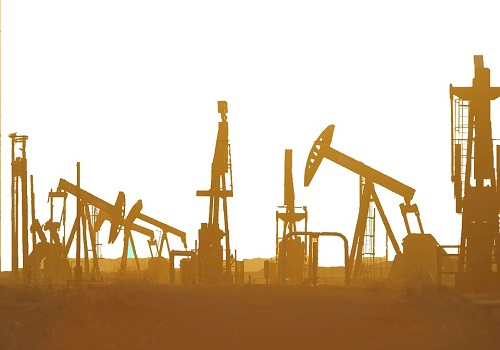Clean-energy push to halve petrol, diesel demand growth

Follow us Now on Telegram ! Get daily 10 - 12 important updates on Business, Finance and Investment. Join our Telegram Channel
Demand growth in petrol and diesel combined will likely decline to 1.5 per cent per annum this decade, compared with 4.9 per cent in the last, because of increasing blending of ethanol with petrol, and rising usage of vehicles powered by compressed natural gas (CNG) and electricity (EVs).
The trend will also be persuaded by policy interventions as India targets net zero emissions by 2070, a CRISIL research report said on Monday.
Taking a cue, oil refiners would be altering their production mix in favour of alternatives such as petrochemicals, which should also support their profitability, the report said.
Director of CRISIL Research, Hetal Gandhi, said: "A more than three-fold increase in the number of CNG stations, advancing of the ethanol blending target, and a significant decline in EV battery prices are likely to slash demand growth in petrol to 1 per cent this decade from 8.4 per cent in the last."
"Demand for diesel will be relatively resilient (2 per cent annual growth compared with 3.9 per cent earlier) because of non-exposure to the two-wheeler segment, where the shift to EVs is sharper, and the presence of a significant proportion of freight vehicles where CNG and EV penetration would be limited."
Due to the demand changes, the proportion of diesel and petrol in the consumption of petroleum products is expected to reduce to 44 per cent by 2030 from 50 per cent now.
Yet refiners are expected to add 37 million metric tonne per annum of capacity (15 per cent over the existing base) by fiscal 2025, investing over Rs 1.5 lakh crore. Almost all these facilities would be capable of producing both, transportation fuel and petrochemicals.
Also, consumption of petrochemicals is expected to grow at a healthy 8-10 per cent in India. Per-capita consumption of polymers is expected to double to 18-20 kg by fiscal 2030.
That, and slowing demand for transportation fuel would result in the share of petrochemicals in petroleum products rising to 17 per cent by fiscal 2030 from 7 per cent in fiscal 2020, the research report said.
This healthy demand growth for petrochemicals is expected to partly offset the decline in India's crude oil demand growth to 3.5 per cent this decade from 4.5 per cent in the last.
This flexibility of diversification would lend stability to refiner margins. Their profitability, and those of oil marketing companies (OMCs) has been on the mend with margins gradually rebounding to pre-pandemic levels.
Says Nitesh Jain, Director, CRISIL Ratings Ltd, "Most refineries in India are configured to produce more of diesel and petrol (57 per cent) and less of petrochemicals (12-15 per cent). Typically, their production flexibility is limited within light, medium and heavy distillates. But the upcoming, integrated facilities "or crude-to-chemicals complexes" could produce relatively more petrochemicals.
Despite the higher capex required for such facilities, interest coverage and gearing are expected at 5 times and below 1.5 times, respectively, over the medium term, because of better optimisation of output to maximise overall profitability.
As per the report the lower demand growth for petrol and diesel would not impact the credit profiles of refiners and OMCs that will remain stable over the near-to-medium term, indicates a CRISIL Ratings analysis of public sector refineries and OMCs, which have 65 per cent share of refining capacity and 90 per cent share of oil marketing in India.

